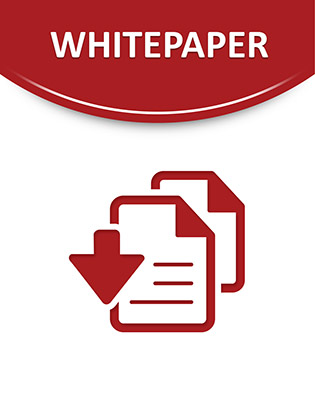When IT undertakes a development project, it signs-figuratively or literally-a contract with the business. The contract spells out what requirements will be fulfilled and when they will be delivered. Further, IT commits to a level of quality in the product that facilitates its success when deployed. No attorney would permit a client to sign a legal contract unless all the risks were known, yet IT departments often lack the ability to quantify and respond to the risks that arise during development and test. Requirements management-as part of a comprehensive software quality management system-helps IT quantify the risks associated with each requirement and make informed decisions about resource allocation and release.
Many software vendors offer requirements management as a silo in a quality management system, but risk-based requirements and quality management are inseparable from the larger process of managing the planning, test and release of a software system. There are four factors that enable requirements and quality management:
- Complete and verifiable requirements
- Traceability between requirements, tests, and defects across the application lifecycle
- Versioning and baselining of multiple requirement types
- Evaluation of a requirement's business value and risk factors
- Vendor:
- Hewlett Packard Enterprise
- Posted:
- Feb 8, 2021
- Published:
- Dec 23, 2008
- Format:
- PDF
- Type:
- White Paper

